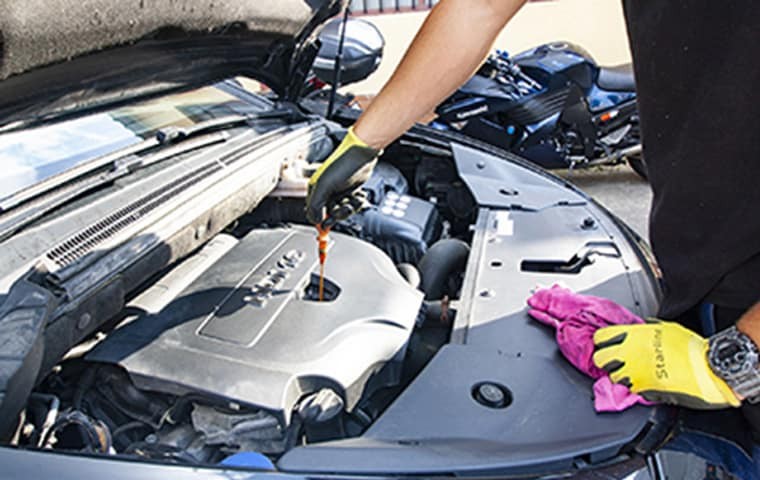If you’ve noticed your car’s engine racing while idling at a stoplight, you’re not alone. A normal idle speed is typically between 600-800 RPM, though older engines might idle higher, especially when warming up. However, a consistently high idle even after the engine is warm indicates a potential problem. This article explores the common causes of high idling and potential solutions.
Common Causes of High Idle Speed
Several issues can contribute to a high idling engine. Some are simple DIY fixes, while others require professional attention.
Faulty Fuses
Modern vehicles rely on the Idle Air Control (IAC) motor to regulate idle speed. This component can be affected by blown fuses in various electronic systems within your car. Checking and replacing a faulty fuse related to the IAC motor might be a quick solution.
Computer Malfunction
If your fuses are intact, a malfunctioning engine control unit (ECU) could be the culprit. The ECU monitors and adjusts various engine parameters, including idle speed. If it misreads data or sends incorrect signals, it can lead to a persistently high idle. Diagnosing and resolving ECU issues often require specialized diagnostic equipment.
Throttle Issues
A dirty or malfunctioning throttle body can disrupt airflow into the engine, causing high idle or stalling. Dirt buildup can restrict airflow, while a cracked intake tube can introduce unmetered air. Cleaning the throttle body or replacing a damaged intake tube can address these problems.
Vacuum Leaks
A vacuum leak in the IAC motor’s vacuum port or connected hoses can also cause high idle. A leak disrupts the controlled airflow necessary for proper idling. Identifying and sealing the leak is crucial to resolving the issue.
Overheating Engine
An overheating engine often idles higher than normal as the engine management system tries to cool it down. Check your engine temperature gauge to rule out overheating as the cause of high idling. Addressing the underlying cause of overheating is paramount.
Bad Alternator
A failing alternator can sometimes lead to high idle speeds. The alternator provides electrical power to the vehicle’s systems, and a malfunction can disrupt the engine’s electrical balance, affecting idle speed.
Troubleshooting High Idle
Before taking your car to a mechanic, try some basic troubleshooting steps. Always test your car’s idle with accessories like the air conditioning and radio turned off, as these can sometimes slightly raise the idle speed. If simple checks don’t resolve the issue, consult a qualified mechanic for diagnosis and repair. Certain issues, like ECU malfunctions, require specialized tools and expertise.
Conclusion
High idling can indicate various underlying problems ranging from simple fuse replacements to more complex ECU malfunctions. While some issues are manageable for DIY enthusiasts, others necessitate professional assistance. Ignoring a persistently high idle can lead to increased fuel consumption, engine wear, and potential safety hazards. Addressing the problem promptly ensures optimal vehicle performance, fuel efficiency, and safety.
